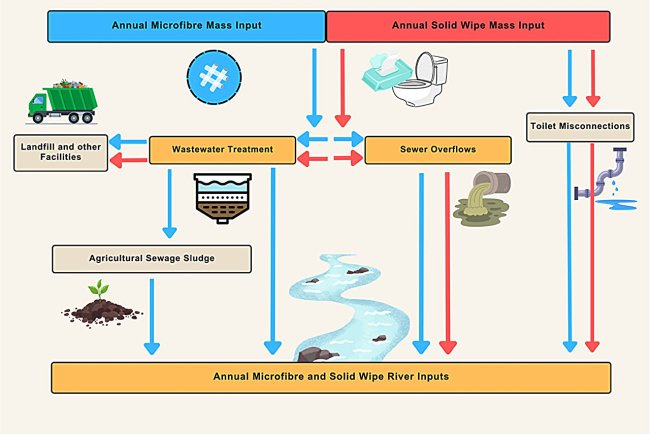New 30-Meter Dataset Boosts Global Land Degradation Monitoring
A new 30-meter resolution dataset tracks land productivity changes from 2013 to 2022, enhancing the ability to monitor land degradation and support SDG 15.3 targets.

An international research team has released the world's first 30-meter high-resolution dataset to monitor land productivity dynamics (LPD), an important milestone in the global fight against land degradation. The dataset, spearheaded by Professor Li Xiaosong from the Aerospace Information Research Institute (AIR) of the Chinese Academy of Sciences, has been developed to aid nations in monitoring progress toward Sustainable Development Goal (SDG) 15.3: Land Degradation Neutrality (LDN) by 2030.
Land degradation remains a potent threat to ecosystems, food security, and climate resilience due to its linkage with loss of soil quality, vegetation cover loss, and loss of biodiversity. According to the UN 2030 Agenda for Sustainable Development, countries are called upon to actively track and act on land degradation through the use of SDG target 15.3 as a comparison point. Land Productivity Dynamics is the flagship metric of the objective that captures the change in vegetation health over time.
So far, land productivity evaluation worldwide has been constrained by low-resolution data. Global LPD datasets previously made available were only at 250-meter resolution, i.e., they could only detect coarse trends and not adequately small-scale processes such as localized deforestation or grazing. Such constraints rendered monitoring incomplete and land restoration policy hard to formulate well.
A new data set was acquired by merging Landsat-8 satellite images, which capture one image with a 30-meter resolution, and MODIS sensors, which have been responsible for making normal time-series observations. By merging the two, researchers developed a higher-resolution Normalized Difference Vegetation Index, or a measure of health for plant material that was used in a general sense. Processing was conducted via the Google Earth Engine computer, which was ideal for fast processing of large volumes of information.
The research team examined NDVI data ranging from 2013 to 2022, thereby producing the highest resolution global LPD dataset available. The dataset captures vegetation productivity change in all land cover classes, e.g., cropland, forest, and rangeland. Due to the degree of detail, previously undetectable subtle changes can now be felt, and policymakers and land managers can make more knowledge-informed land management and land-use decisions.
Validation results indicate that the new dataset is capable of determining land productivity patterns by over 80%. The precision is even more important in the determination of degradation hotspots as well as measuring the performance of current land rehabilitation processes. The dataset has further been applied by the United Nations Convention to Combat Desertification (UNCCD) to Small Island Developing States (SIDS), which are extremely vulnerable to land degradation as a result of their climatic and geographic conditions.
In a capacity as being used in SIDS, a capacity of application has been used in the application of the UNCCD Good Practice Guidance to SDG 15.3.1 reporting. Standardization allows countries to report progress using a common, science-validated method, promoting international comparability as well as transparency of land degradation evaluations.
The dataset also offers new possibilities to track the impacts of environmental stressors such as deforestation and droughts, and it can guide strategic reforestation and land restoration efforts. Its accessibility on cloud-based platforms such as Google Earth Engine guarantees that it can be accessed readily by scientists, governments, and development agencies globally.
With the 2030 target for the SDG, having this high-resolution dataset at hand is opportune. By allowing for the concurrent measurement of visible and latent changes in land productivity, it is a useful instrument for ensuring sustainable land management. Land degradation has afflicted the whole world, specifically extensively used or vulnerable ecosystems, so this requirement for trusty monitoring tools is more than ever critical. This information aids global action by filling earlier knowledge gaps and allowing evidence-based decision-making.
Source/Credits
From research by Prof. Li Xiaosong and colleagues at the Aerospace Information Research Institute (AIR), Chinese Academy of Sciences. Published in Scientific Data (2025). DOI: 10.1038/s41597-025-04883-3. Provided by Chinese Academy of Sciences.
What's Your Reaction?

















